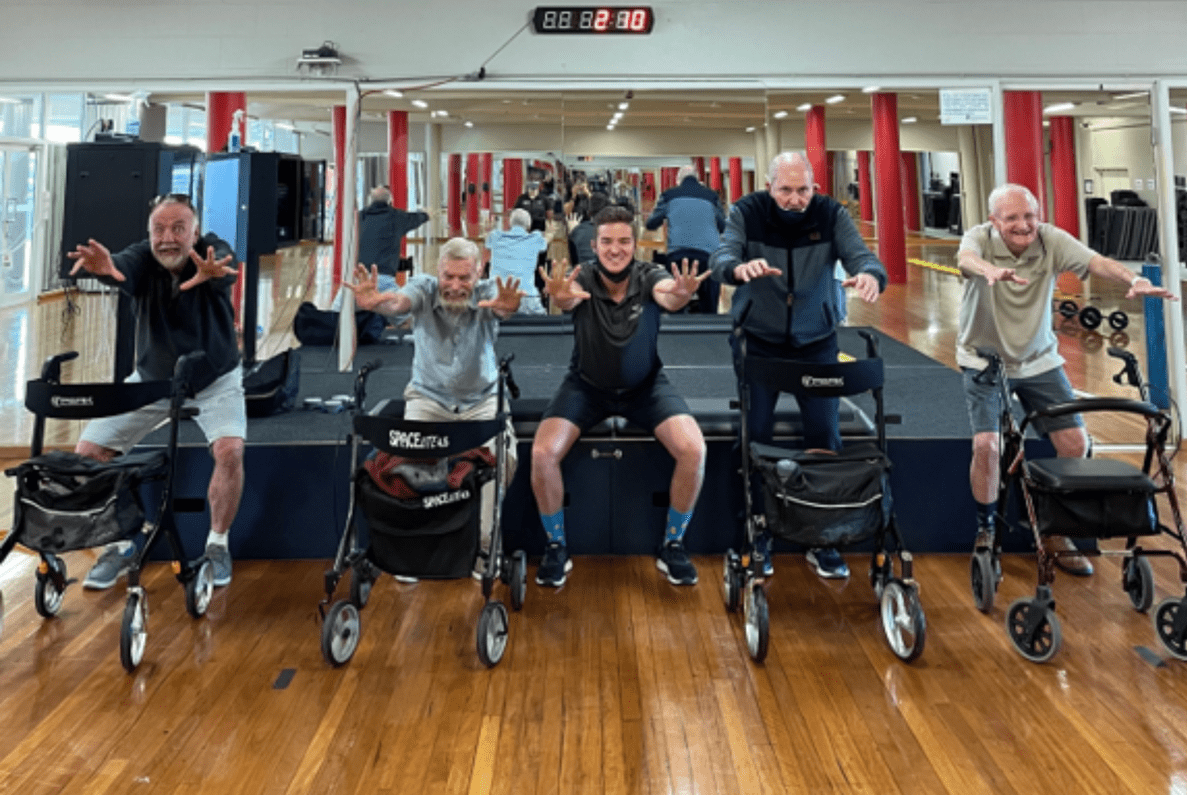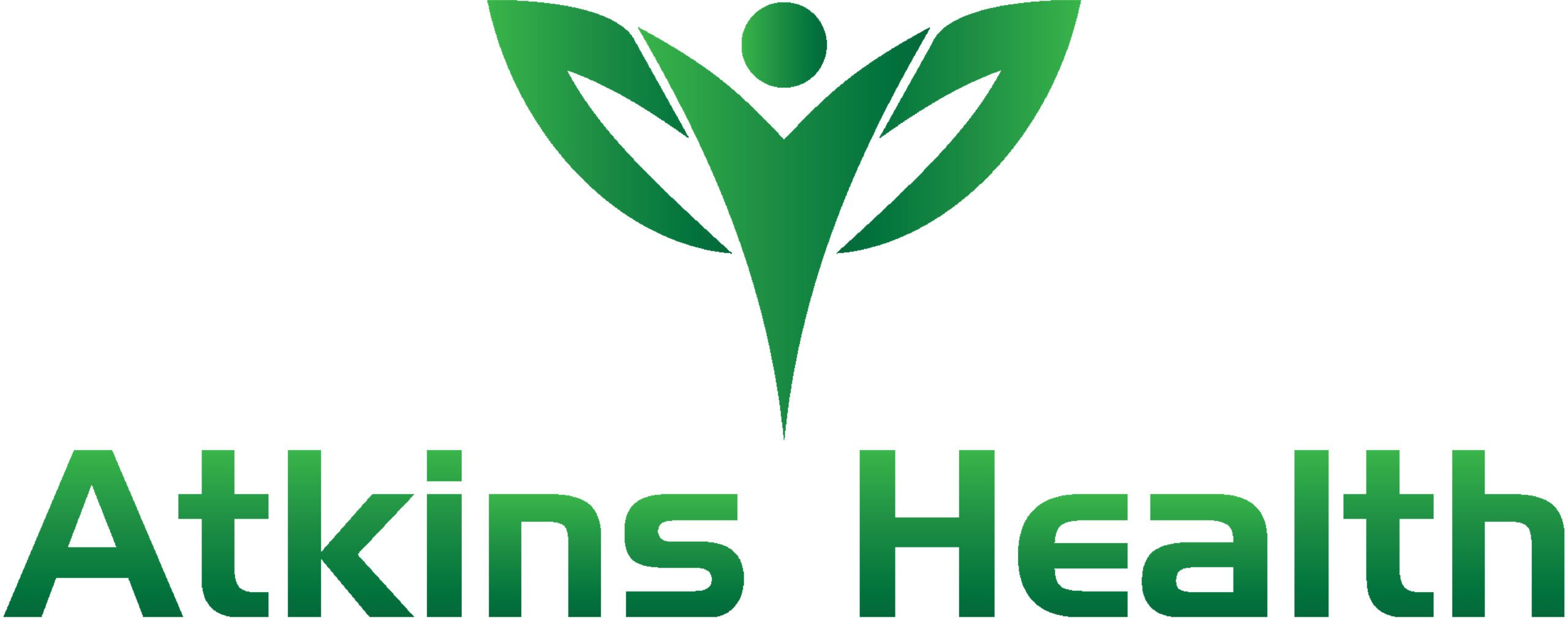Managing Parkinson’s Disease

Parkinson’s disease is a disorder affecting the brain, causing unintended or uncontrolled movements of the body. Most people will associate the condition with tremors of the hand, although this only occurs in around 1 in 5 cases. Other symptoms can vary from stiffness through to difficulty with balance and coordination.
It’s estimated that approximately four in every 1,000 Australians have Parkinson’s Disease. For those over the age of 60, this number is more likely to be one in every 100. Unfortunately, there is no cure for Parkinson’s, and the cause of the condition remains unknown. However, exercises for Parkinson’s Disease have proven to be highly effective in the ongoing management of the condition.
At Atkin’s Health, we have been running a dedicated Parkinson’s program for over eight years. I caught up with Atkins’ General Manager and head of our Parkinson’s program, Matthew Ternes, to discuss the role exercise physiology (EP) can play in managing Parkinson’s disease.
How EP is used to manage Parkinson’s Disease
Atkins Health’s Parkinson’s program is built on the principle of neuroplasticity, which simply refers to the brain’s ability to learn new pathways. Matt likens these neural pathways to the roads we take on regular journeys.
Take for instance, your daily commute to work. Chances are you take the same route every day because you know it’s the quickest and most efficient way to get there. If you were to encounter a roadblock on your typical drive to work, you could simply go a different avenue using the many different back streets and side streets.
Our body operates in much the same way. When we are born, we learn how to crawl and how to walk, and we’re taking a particular pathway in the brain to perform that particular skill. When we encounter roadblocks in the brain, the principle is much the same as when we’re driving.
“Those roadblocks are the equivalent of damage to the dopamine-producing cells in the brain, which is what characterises Parkinson’s Disease,” he says. “What we’re trying to do with exercise physiology is basically create different pathways in the body to be able to perform those particular skills.”
In fact, EP has been shown to improve a range of skills commonly impaired by Parkinson’s, including:
- Walking
- Balance
- Tremors
- Grip strength
- Flexibility
- Motor coordination.
The overarching goal of EP for Parkinson’s patients is to reduce the severity of their symptoms.
“My biggest vision for Atkins Health’s Parkinson’s program is to change the definition of the disease,” says Matt.
“When you look up Parkinson’s in Google, it’s defined as a progressive neurological disorder. However, every client that has come into our program has improved in one way or another.”
Who can benefit from EP for Parkinson’s Disease?
Atkins works with individuals at all stages of their Parkinson’s diagnosis. Exercises for Parkinson’s Disease have proven effective in managing early Parkinson’s right through to late Parkinson’s – however the goal of programming will change through each stage.
“The earlier that we see someone, the better improvements that we can make with the client,” says Matt.
“Whereas, when working with clients in the later stages of Parkinson’s the goal is ultimately more about maintaining where they’re currently at to prevent further decline.
“Something that I’m very proud of, and obviously very passionate about, is that every single client that has come into our program has improved in one way or another.”
And the benefits aren’t purely physical. EP is designed to empower clients to regain independence and confidence in the wake of what can be a very distressing diagnosis.
A tailored exercise program provides clients with the tools to wake up each day and know what they need to do to put their best foot forward.
What to expect from Atkins’ Parkinson’s PD program
When a client enters the Atkins Parkinson’s Disease program – PD Revolution – they will begin with a one-on-one consultation. This allows our practitioners to conduct an in-depth assessment to understand when the client was diagnosed, what their main symptoms are currently, and what their goals are.
These goals may include:
- Improving gait
- Reducing freezing episodes
- Improving balance
- Improving fine motor skills
- Delaying the need to increase drug treatment
- And ultimately regaining confidence and independence
A secondary assessment would then analyse where all of the client’s baseline symptoms are at. This typically involves an assessment of:
- Where their current walking ability is at
- What their balance is like over different environments
- Whole body strength – both upper and lower
- Fine motor skills
These baseline measurements allow progress to be tracked across the program to see which areas are improving, which areas are maintained and which areas are declining.
If everything is improving, it’s a sign that the treatment plan is appropriate and working. If areas are still not going the right way, the practitioners modify the programs until they find the suitable plan for each individual.
Our practitioners work closely with clients to prescribe a program that can be carried out from home.
“This is obviously one of the most important aspects to the initial consults, as it is where we provide clients with a program to keep them doing something on a daily basis when they’re not seeing us,” says Matt.
Once clients are feeling confident and comfortable in their programs, Matt often suggests they come along to Atkin’s group training environment – PD Revolution.
“Our group classes are really popular with a lot of our clients to keep them moving in the longer term,” says Matt. “I find at this stage people are feeling confident and more independent in doing their exercises, and the group class also provides that camaraderie and that really great social aspect as well.
PD Revolution is suitable for all levels of participants suffering from Parkinson’s Disease, and is the largest program of its kind on the Gold Coast. The classes are popular for their inclusion of exercises for elderly with Parkinson’s Disease.
It combines a wide range of exercises including both land and hydro based exercises to keep the body moving in enjoyable and exciting new ways.
“We like to incorporate as much variety into our program as possible. Sometimes they’re doing some dancing style exercises, sometimes they’re doing boxing components as well, all of which is adding that variety principle which is great for physical and mental improvements,” says Matt.
Atkin’s is one of the Gold Coast’s leading providers of specialised Parkinson’s exercise treatment. Get in touch today to book your initial consult and join our growing PD Revolution community.


